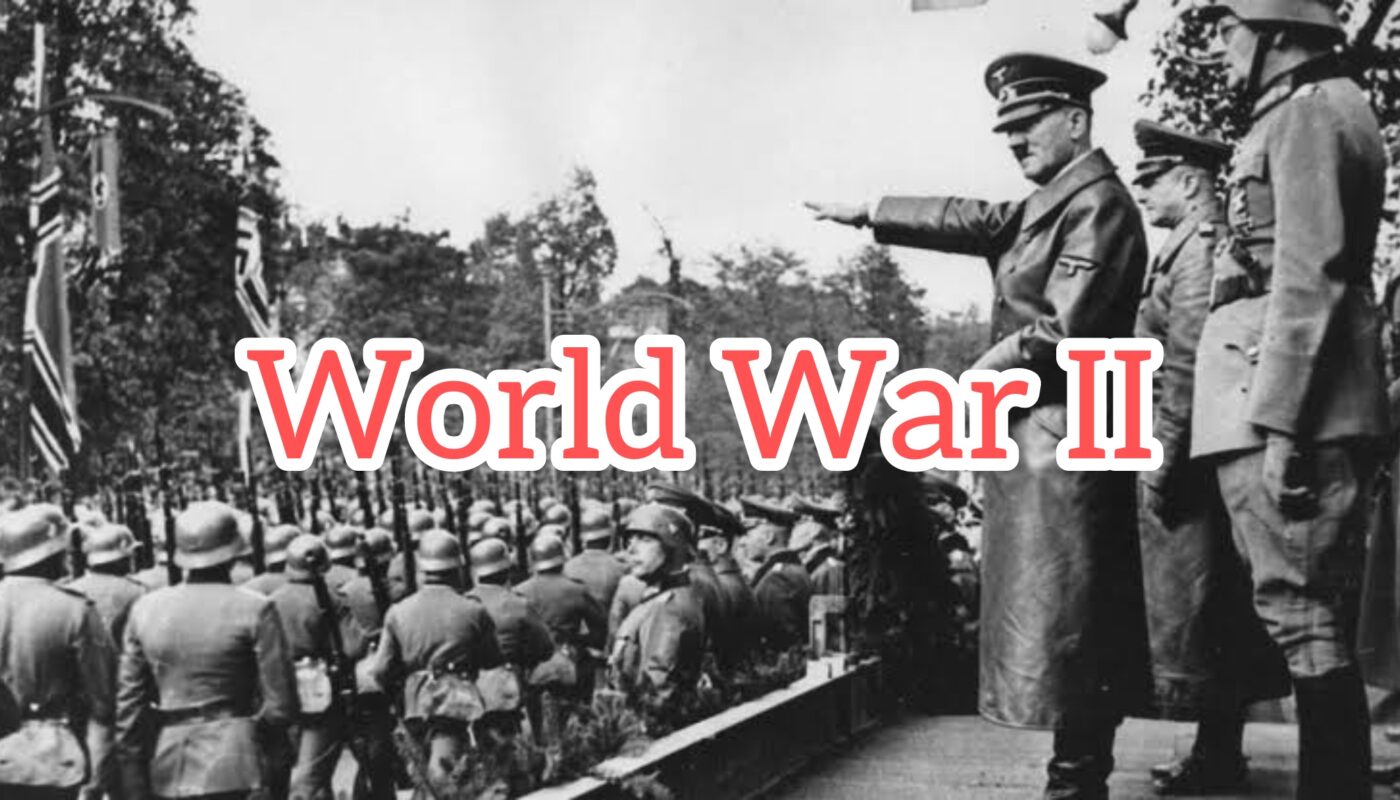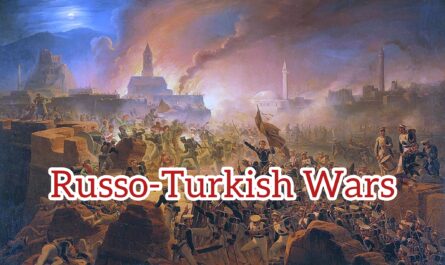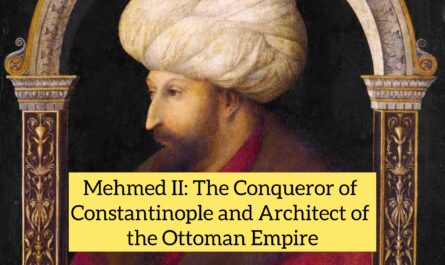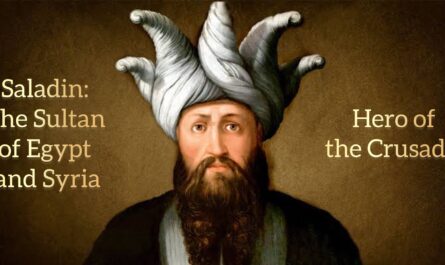Introduction
World War II (1939–1945) was a cataclysmic global conflict that involved more than 100 million people across over 30 countries. It resulted in the deaths of an estimated 70–85 million people, or about 3% of the world’s population at that time. The war dramatically altered the political, economic, and social order of the world, leading to the emergence of the United States and the Soviet Union as superpowers and setting the stage for the Cold War.
Causes of World War II
1. Treaty of Versailles (1919)
-
Imposed heavy penalties on Germany after World War I.
-
Included territorial losses, military restrictions, and reparations.
-
Fueled resentment and economic hardship in Germany.
2. Rise of Totalitarian Regimes
-
Germany: Adolf Hitler and the Nazi Party capitalized on economic distress and nationalism.
-
Italy: Benito Mussolini established a Fascist regime.
-
Japan: Militarists expanded imperial control over Asia.
3. Expansionist Policies
-
Germany rearmed and sought Lebensraum (living space) in Eastern Europe.
-
Italy invaded Ethiopia in 1935.
-
Japan invaded Manchuria in 1931 and China in 1937.
4. Failure of the League of Nations
-
Lacked power and credibility to stop aggression by Axis powers.
-
Policy of appeasement by Britain and France (e.g., Munich Agreement, 1938) emboldened Hitler.
Outbreak of the War
-
On September 1, 1939, Germany invaded Poland.
-
Britain and France declared war on Germany on September 3, 1939.
-
World War II had officially begun.
Major Powers
Allied Powers
-
United Kingdom
-
Soviet Union (from 1941)
-
United States (from 1941)
-
China
-
France (Free French forces after 1940)
-
Others: Canada, Australia, India, and many more
Axis Powers
-
Germany
-
Italy
-
Japan
-
Other allies: Hungary, Romania, Bulgaria, and Finland (co-belligerent with Germany)
Key Theaters and Events
1. European Theater
Blitzkrieg and Early German Victories
-
Rapid “lightning war” tactics overran Poland, Denmark, Norway, Belgium, Netherlands, and France.
-
France fell in June 1940; Vichy France established as a puppet regime.
-
Battle of Britain (1940): Germany failed to gain air superiority over the UK.
Operation Barbarossa (1941)
-
Germany invaded the Soviet Union on June 22, 1941.
-
Initial advances halted at Moscow and Stalingrad (1942–43), where the Soviets began pushing back.
2. Pacific Theater
Pearl Harbor (December 7, 1941)
-
Japan attacked the U.S. Pacific Fleet at Pearl Harbor, Hawaii.
-
Prompted the U.S. declaration of war on Japan; Germany and Italy declared war on the U.S.
Island Hopping Campaign
-
U.S. forces captured strategic islands across the Pacific, including Guadalcanal, Iwo Jima, and Okinawa.
-
Japanese forces fought fiercely, often to the death.
3. North African Campaign
-
Allies battled Axis forces led by Erwin Rommel (the “Desert Fox”).
-
Battle of El Alamein (1942) marked the turning point in North Africa.
4. Italian Campaign
-
Allies invaded Sicily and Italy (1943).
-
Mussolini was overthrown, but Germany occupied much of Italy and resisted fiercely.
5. D-Day and Liberation of Europe
-
D-Day (June 6, 1944): Allied forces landed in Normandy, France.
-
Led to liberation of Paris (August 1944) and push into Germany.
The Holocaust
-
Nazi Germany systematically murdered six million Jews and millions of others (including Roma, disabled people, Poles, Soviet POWs, and others).
-
Known as the Holocaust, it involved ghettos, mass shootings, forced labor, and extermination camps such as Auschwitz and Treblinka.
-
It remains one of history’s most horrific genocides.
End of the War
Germany’s Surrender
-
Battle of the Bulge (1944–45): Germany’s last major offensive failed.
-
Soviets took Berlin in May 1945.
-
Adolf Hitler committed suicide on April 30, 1945.
-
Germany surrendered on May 7–8, 1945 (V-E Day).
Japan’s Surrender
-
After fierce fighting and massive casualties in the Pacific, the U.S. dropped atomic bombs on:
-
Hiroshima (August 6, 1945)
-
Nagasaki (August 9, 1945)
-
-
Japan surrendered on August 15, 1945 (V-J Day), formally signing on September 2, 1945.
Consequences and Aftermath
Human and Material Loss
-
70–85 million deaths, including civilians, soldiers, and victims of genocide.
-
Cities like Warsaw, Dresden, Hiroshima, and Nagasaki were devastated.
-
Tens of millions were displaced or made refugees.
Redrawing of Borders
-
Germany divided into occupation zones, eventually becoming West Germany and East Germany.
-
Eastern Europe fell under Soviet influence.
-
United Nations was created in 1945 to promote peace and cooperation.
Emergence of the Cold War
-
The alliance between the U.S. and Soviet Union collapsed into ideological rivalry.
-
The world was divided into Western (capitalist) and Eastern (communist) blocs.
Decolonization
-
Colonial empires weakened; movements for independence surged across Asia, Africa, and the Middle East.
-
India gained independence in 1947; others followed in the 1950s and 60s.
Technological and Scientific Impact
-
Development of radar, jets, rocketry (e.g., V-2 missile), and computing (e.g., codebreaking machines).
-
Atomic bomb transformed warfare and ushered in the nuclear age.
-
Medical advancements in trauma care and antibiotics like penicillin.
Legacy
-
World War II defined the 20th century politically, economically, and culturally.
-
Lessons learned about fascism, genocide, international cooperation, and the dangers of unchecked power continue to inform global governance.
-
The war remains a central subject in historical studies, media, literature, and remembrance.
Conclusion
World War II was not just a military conflict—it was a global crisis that touched every part of society. It destroyed empires, forged new alliances, brought horrors and heroism, and ultimately reshaped the world. Its lessons remain vital today as humanity continues to grapple with issues of war, peace, and justice.



